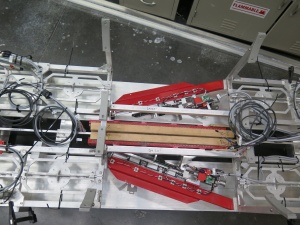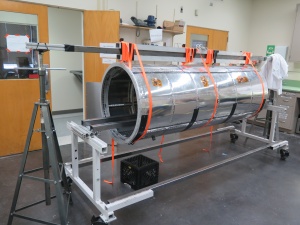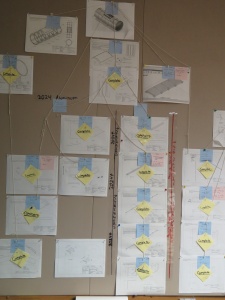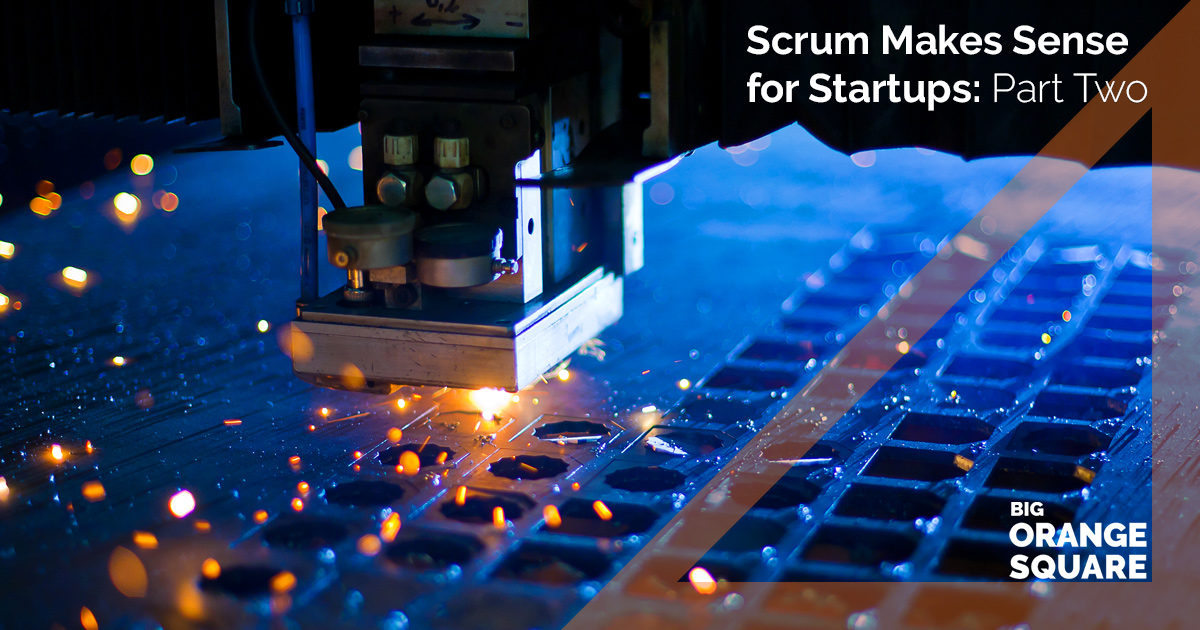
This is a very exciting time for Big Orange Square! We’ve now got two training centers: one in Longmont, CO, and another in Fort Lauderdale, FL (technically it’s in Dania Beach, but it’s easier to just say Fort Lauderdale).
The Longmont shop has been open for business for all of 2017, but while we’ve had our Fort Lauderdale location secured since March of 2017, our first class at that location did not take place until December 2017. While we have been through the build out process before we’re always curious about why these things take so long.
At Big Orange Square, we say we can help you deliver “Twice the Product in Half the Time™,” which means the normal cycles we see in product development is generally four times longer than what it could be. Opening our shop in Florida has taught us a few things about why it has taken us four times longer to open than we’d originally hoped for.
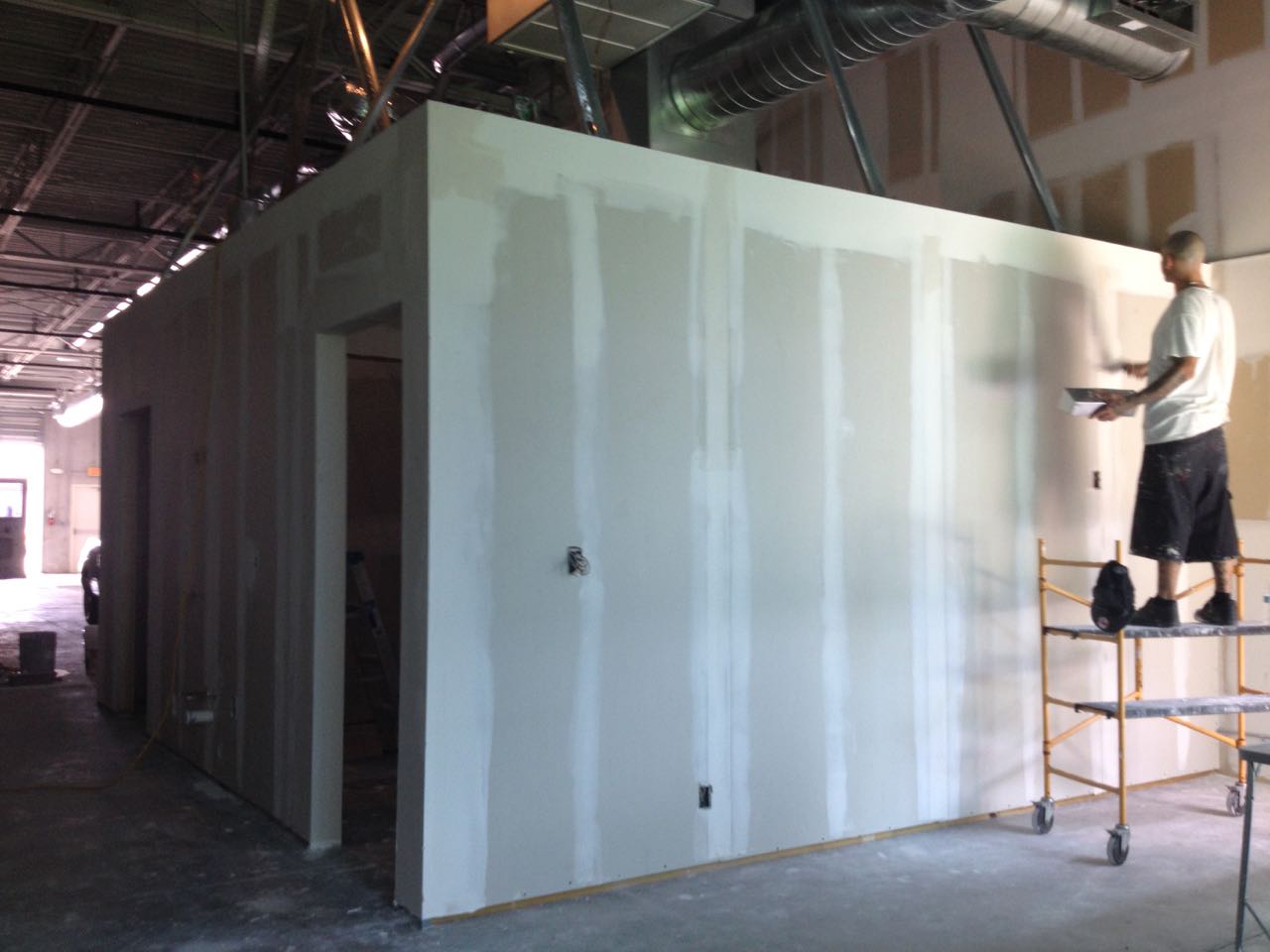 After an extensive and expensive plan submission/rejection/resubmission processes, we built the walls and roughed electrical and plumbing for the bathrooms. Here were the steps required for us to put up drywall:
After an extensive and expensive plan submission/rejection/resubmission processes, we built the walls and roughed electrical and plumbing for the bathrooms. Here were the steps required for us to put up drywall:
 After an extensive and expensive plan submission/rejection/resubmission processes, we built the walls and roughed electrical and plumbing for the bathrooms. Here were the steps required for us to put up drywall:
After an extensive and expensive plan submission/rejection/resubmission processes, we built the walls and roughed electrical and plumbing for the bathrooms. Here were the steps required for us to put up drywall:
- Schedule the plumbing inspector.
- If plumbing passes we can schedule the electrical inspector…
- If electrical passes we can schedule the framing inspector…
- If framing passes we can schedule the insulation inspector…
- If insulation passes we can dry wall and then request additional inspections, etc….
- Process Improvements Aren’t Just For Software Development Does this sequential waterfall process sound familiar?

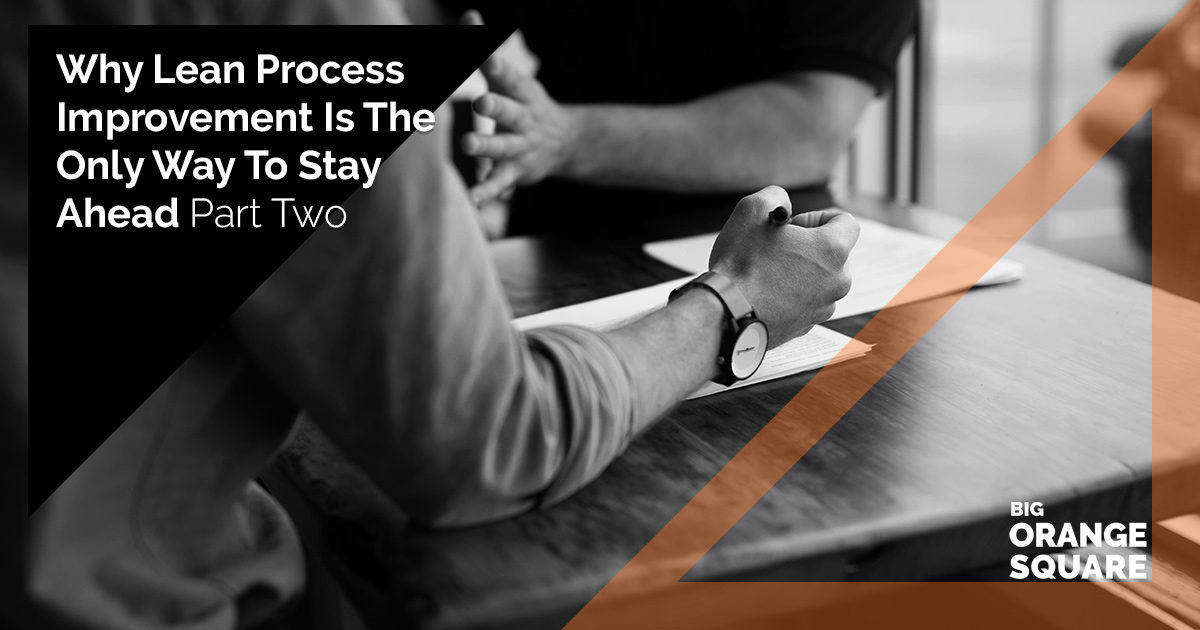
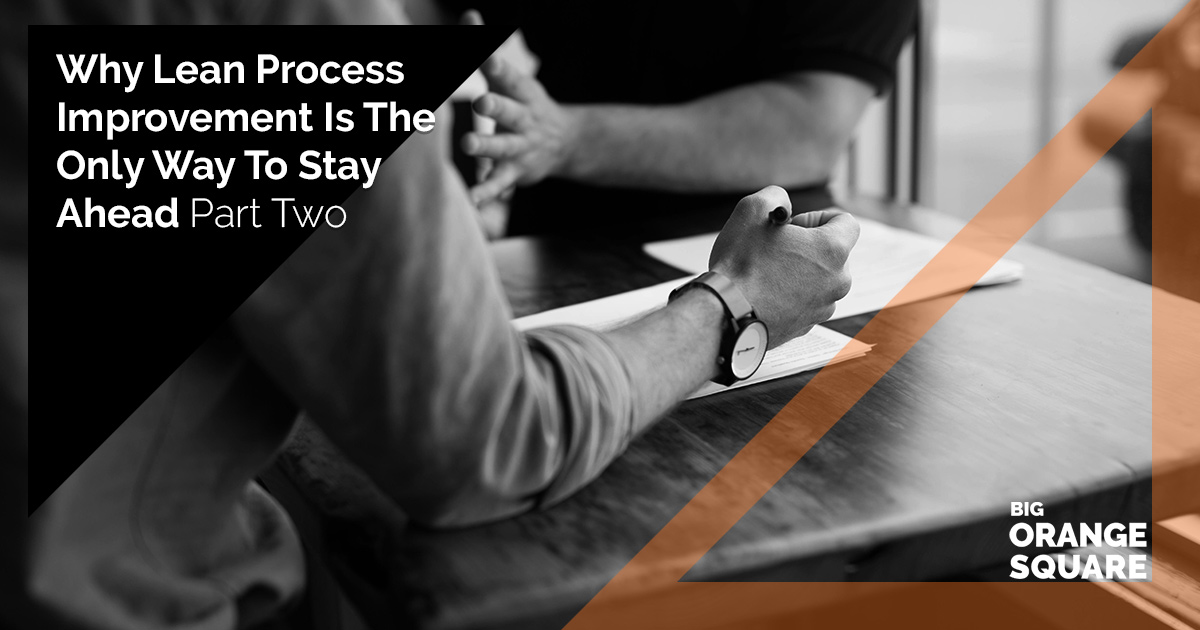
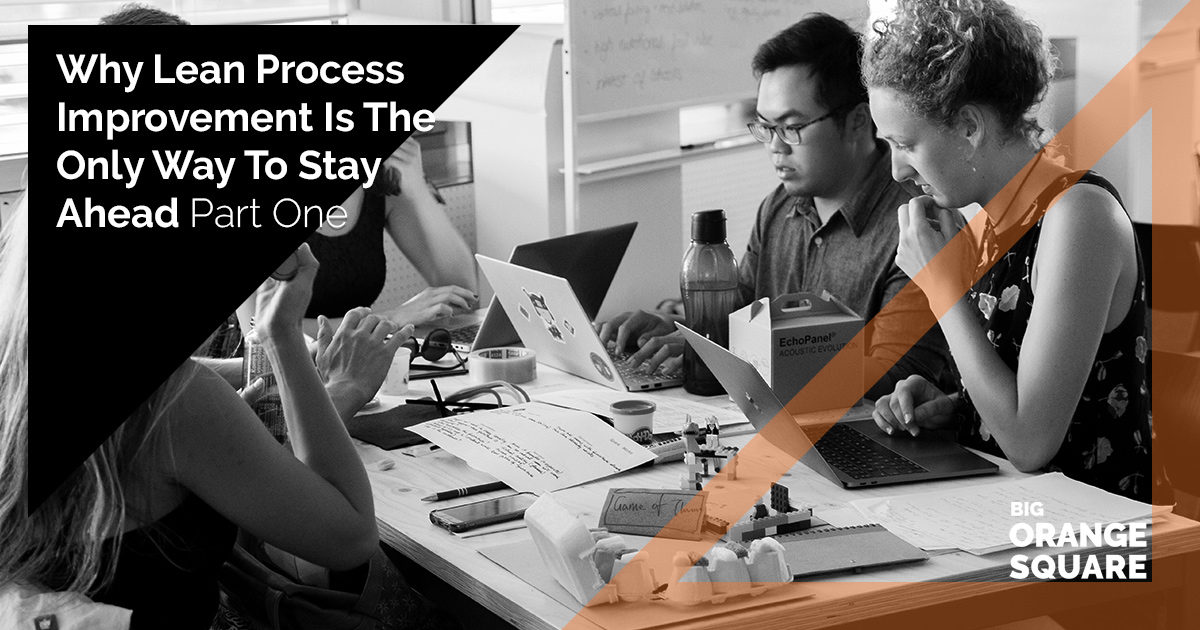
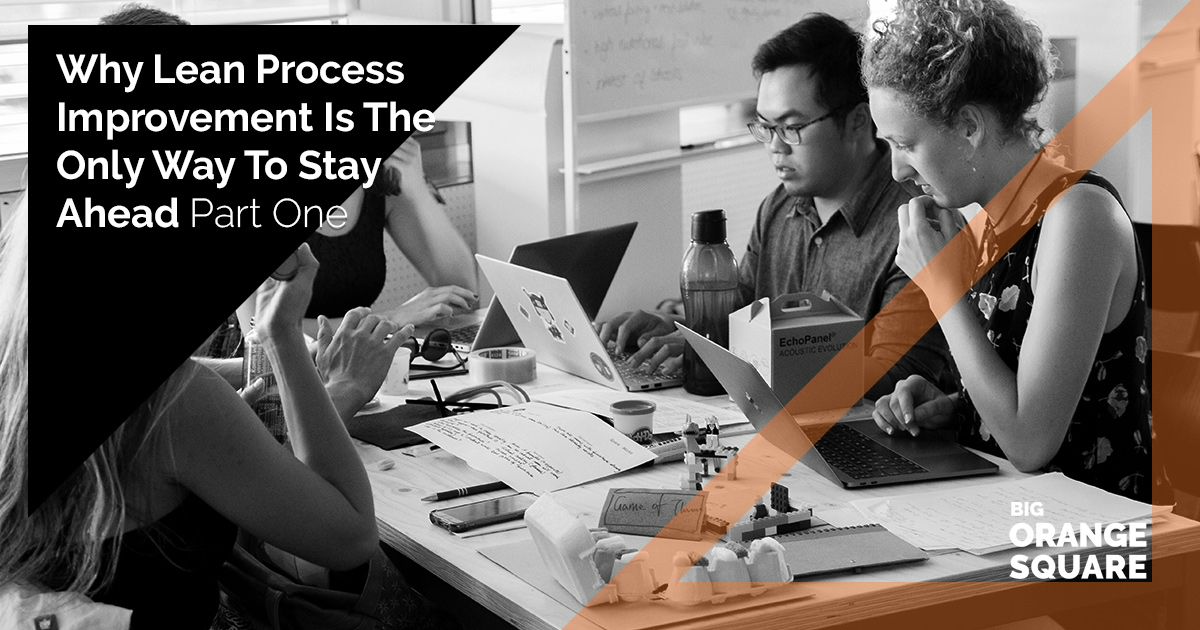
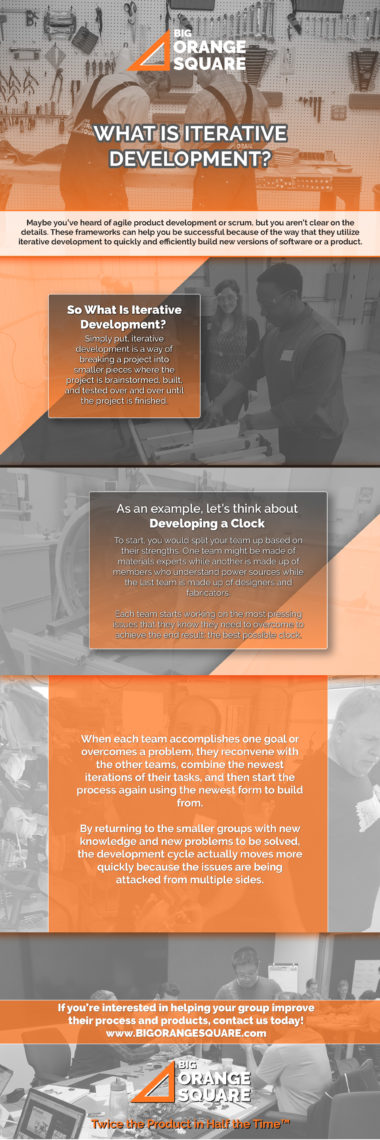



 Peter and Hubert demonstrated this principle with pictures of the solar eclipse. Each one of them used different tools to do the same thing: see the total solar eclipse that passed over the United States on August 21st, 1017 from our training center in Longmont, CO.
Peter and Hubert demonstrated this principle with pictures of the solar eclipse. Each one of them used different tools to do the same thing: see the total solar eclipse that passed over the United States on August 21st, 1017 from our training center in Longmont, CO.

